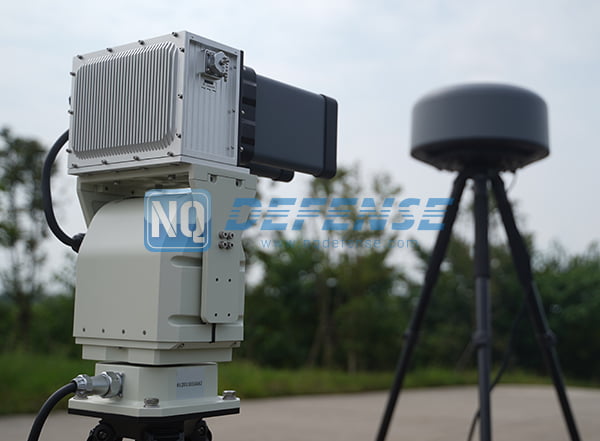
The frequency selection for radar design is influenced by several factors, such as radar performance, working environment, physical limitations of radar operating platform, cost and etc. The following sections mainly introduce several influence factors which should be taken into consideration.
1.Physical Dimensions
The size of the radar hardware used to generate and transmit RF (Radio Frequency) power is usually inversely proportional to its frequency. For lower frequencies, the hardware is often large and heavy; for higher frequencies, the size of the hardware is smaller, which makes the radar lighter and more compact. The limited space requires the electronic equipment to be more compact, which imposes higher requirements on radar designing.
2.Transmission Power
Since frequency will affect the size of the radar hardware while designing, the selection of frequency will indirectly affect radar’s capability of transmitting high output power. The output power level that a radar transmitter can handle is largely limited by the voltage gradients and the heat dissipation requirements. That is why, the average transmission power of larger and heavy meter-wave radar could reach megawatts, while that of millimeter-wave radar is only a few hundred watts. Within the available power range, the actual output power of radar is jointly determined by its size, weight, reliability, cost and detection range.
3.Beamwidth
The angular width of radar is proportional to the ratio of the wavelength to the antenna width. To obtain a specific beamwidth, the longer the wavelength, the wider the antenna width must be. For low frequencies, very large size antenna is required to produce ideal narrow beamwidths, while small size antenna is sufficient for high frequencies. The narrower the beamwidth, the higher the angular resolution will be obtained.
4.Atmospheric Attenuation
Affected by absorption and scattering, radio waves will attenuate when passing through the atmosphere. The main causes of absorption are oxygen (60GHz) and water vapor (21GHz). Scattering is almost completely caused by condensed water vapor (such as raindrops). Both absorption and scattering will become obvious with the increase of frequency.
Atmospheric attenuation can be ignored, when the frequency is below 100MHz. However, when the frequency is higher than 10GHz, the influence of atmospheric attenuation will increase sharply.
While designing our Anti-drone/Anti-UAV (Unmanned Aerial Vehicle) Systems, we have considered the factors mentioned above throughout.
To learn more about our Anti-Drone System features and specifications, please click the link below.
